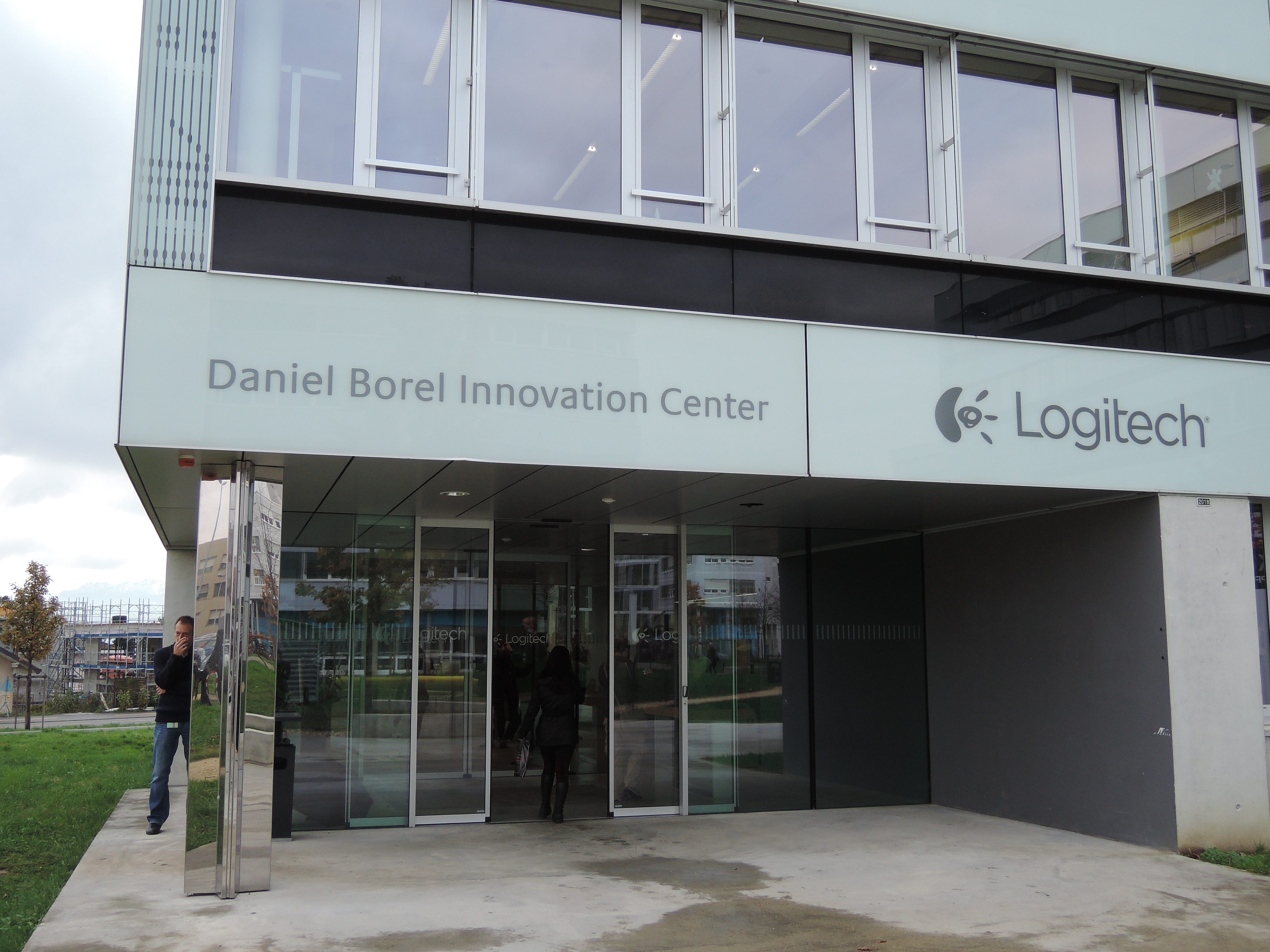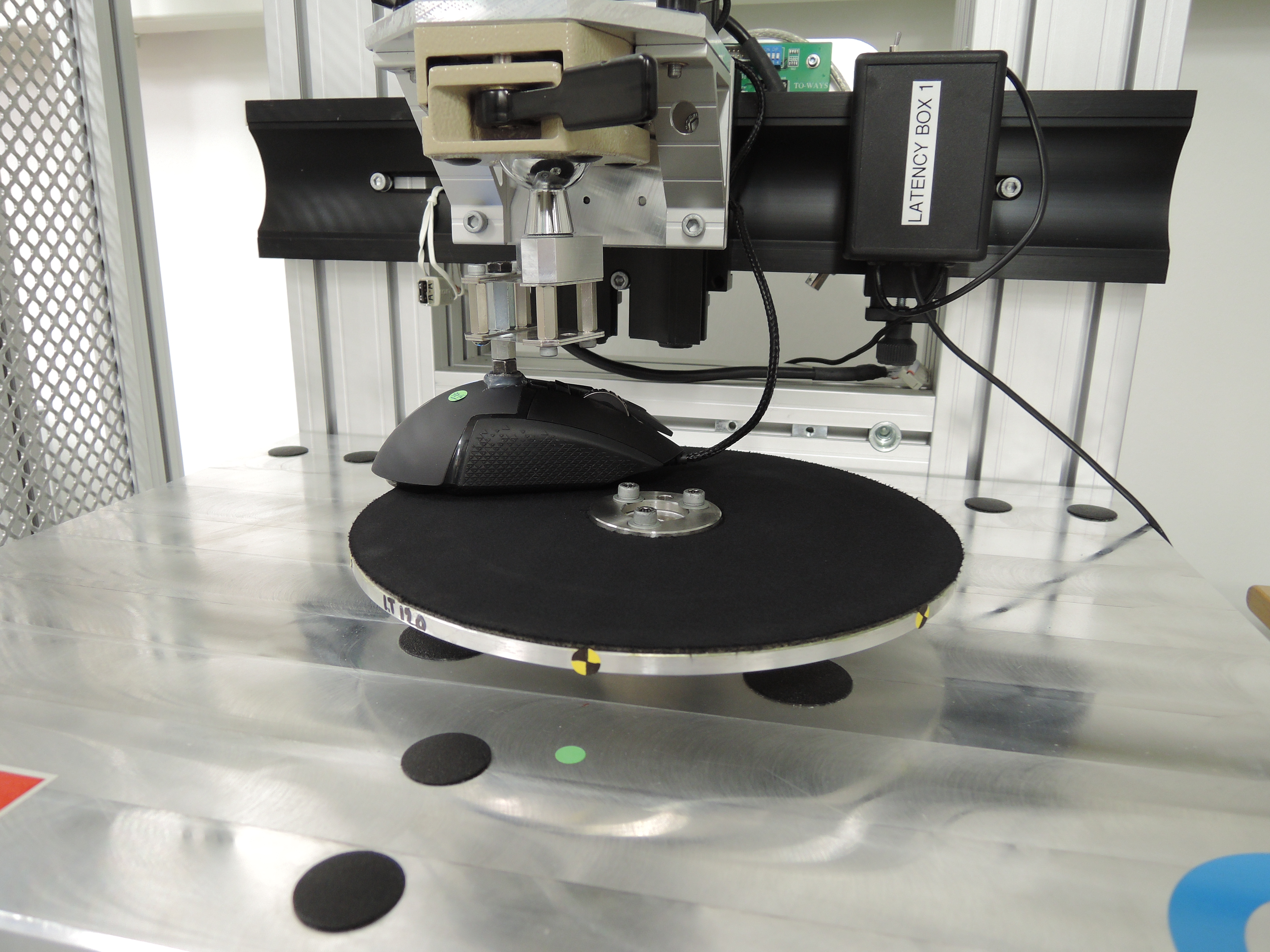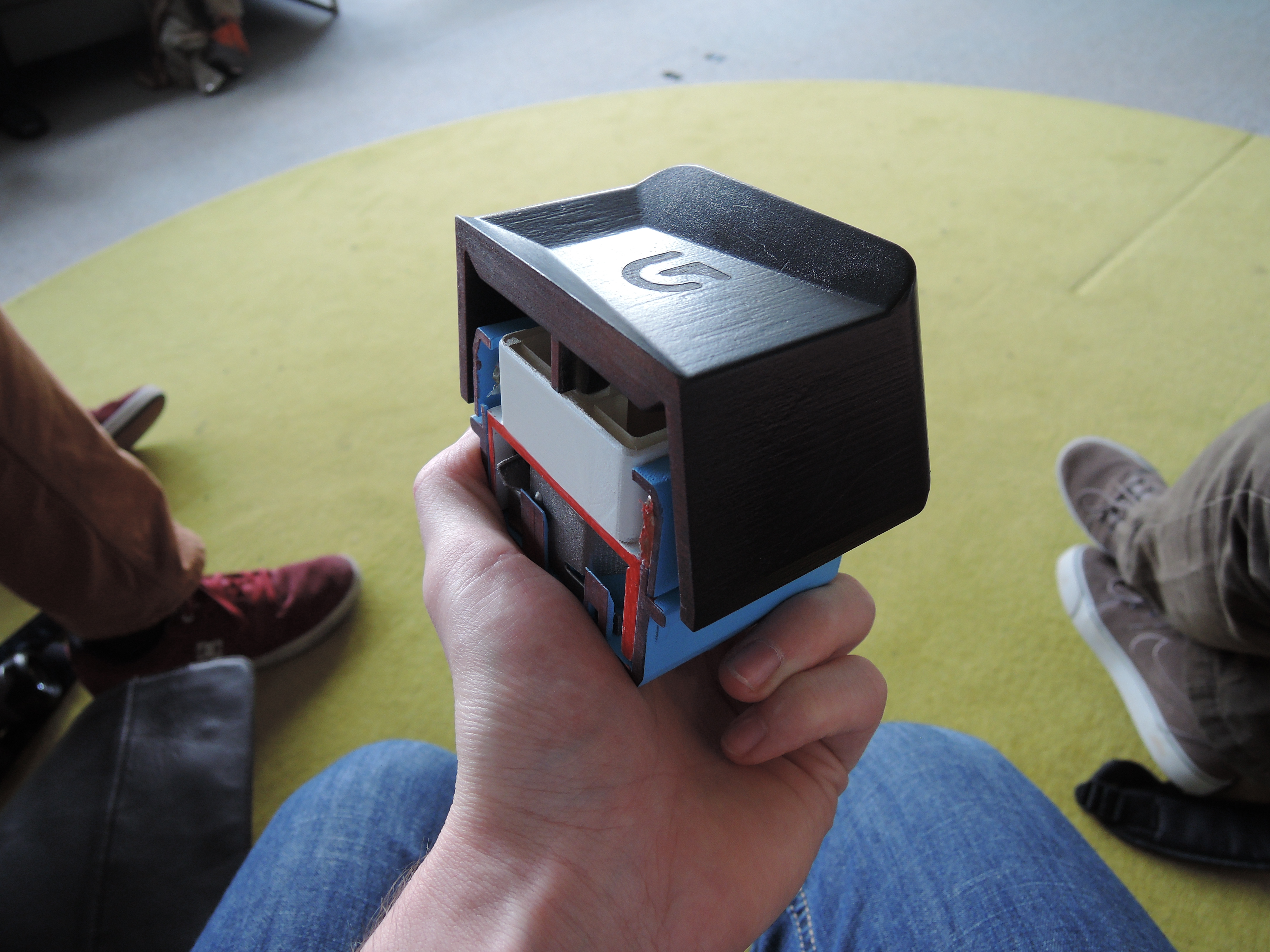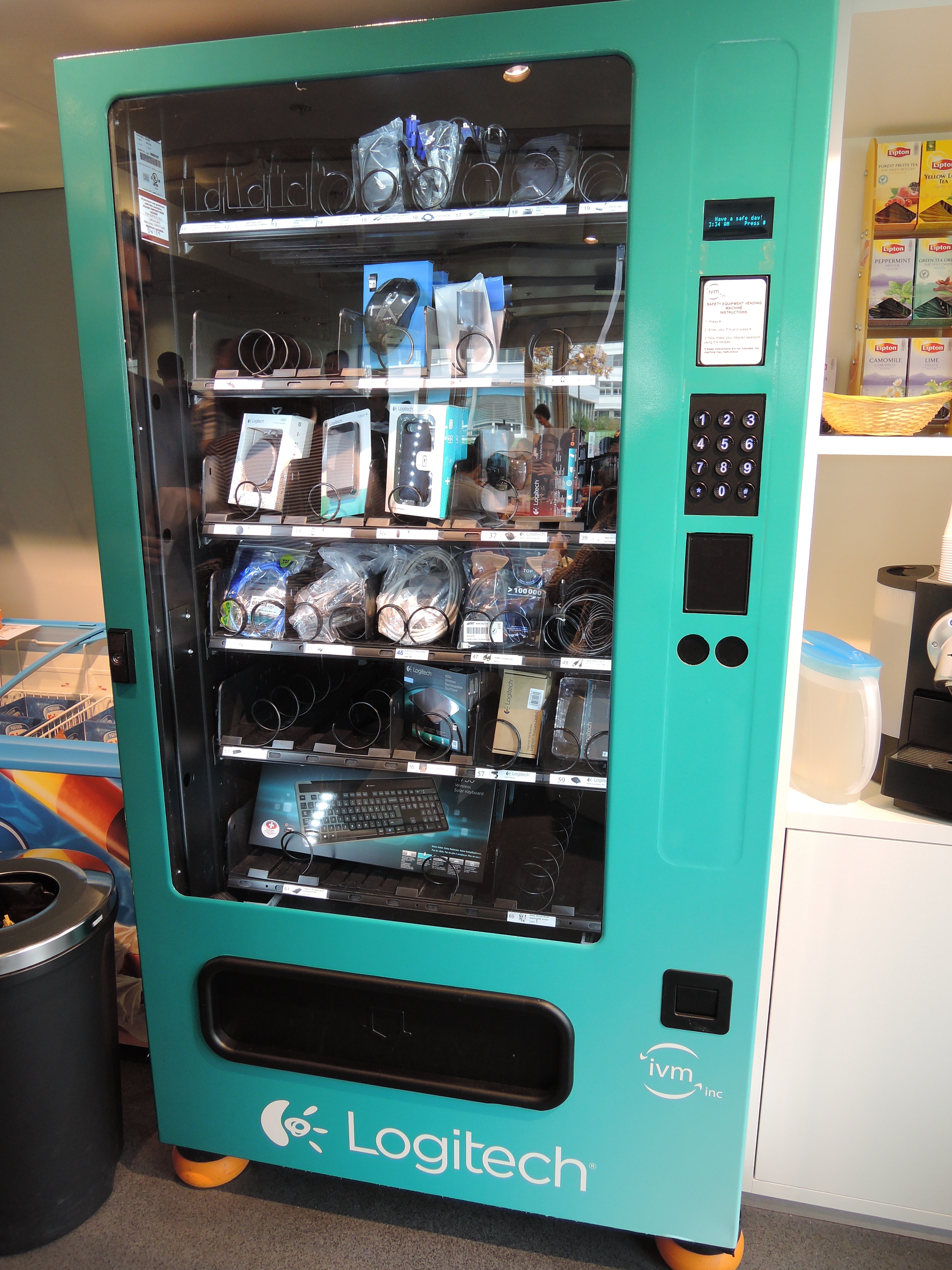Tom's Hardware Tours Logitech's G-Labs Peripherals Testing Facility In Switzerland
Ever wanted to know just how much science goes into Logitech's gaming-oriented products? Read on to find out!
Logitech invited us over to Lausanne in Switzerland to have a look at its G-Labs testing facility (Logitech G is the part of the company that focuses on gaming mice, keyboards, and other gaming peripherals), so what could we do but accept? The company gave us an extended tour of the facility, gave us insights into its brand philosophy, and explained how it uses "science to win." The testing facility itself is situated in the Daniel Borel Innovation Center.
The idea of the G-Labs testing facility is not quality assurance for products that come off the production line, but rather in-depth scrutiny of the products that the company is designing. With the lab, Logitech aims to perfect the designs of its peripherals, ironing out all design flaws that can negatively affect performance or create undesirable behavior. Among the tests are not only the fairly standard durability protocols, but also tests to ensure consistent behavior and accuracy under the most extreme use cases.
Of all the testing that Logitech does, the radio frequency testing in the anechoic chamber is by far the most impressive. An anechoic chamber is a room built to remove all RF signals inside, ensuring that the information measured is only from the intended products. Rather than renting one from other folks, the company decided to build its own, which is worth over $600,000 USD when you include the cost of the connected equipment.
In this room, Logitech measures the RF signal strengths from various angles on the wireless device. This information is then used to decide whether the antenna is placed correctly, or whether its placement needs to be adjusted in order to receive the signal best, depending on the most common placements for the wireless receivers.
The chamber also has an RF emitter, which can mimic all kinds of RF signals including WiFi, Bluetooth, GSM signals and more, in order to ensure that interference isn't a problem.
The second test that stood out was the tracking test for the G402 Hyperion Fury gaming mouse. This is the company's fastest-tracking mouse, which can track accurately at up to 500 inches per second. The mouse doesn't have a high-sensitivity laser sensor, but instead packs a 4000 DPI optical sensor, accelerometer, and a gyroscope. The latter two take over for tracking when the optical sensor reaches its tracking limit.
To test this, Logitech built a large semi-circular trackpad with a pneumatic arm. This moves the mouse at very high speeds and captures the tracking data, which it matches with the actual movement data from the arm. As you'd imagine, the technology works almost flawlessly, although there is hardly a human application. This mouse is built for low-DPI players who, to make up for the low sensitivity, need to move the mouse extremely fast over longer distances in order to compete.
Get Tom's Hardware's best news and in-depth reviews, straight to your inbox.
Logitech does the same with testing for acceleration in its mice. It has test setups that accurately track the mouse movement and sensor data, which can be used to scientifically prove that its mice do not have any mouse acceleration at all.
Mouse acceleration is a feature that many office users appreciate, although for gaming it can lead to undesired effects due to different levels of acceleration depending on the movement speed, making it very difficult to predict tracking behavior. Most professional gamers will therefore choose to disable all forms of mouse acceleration and simply avoid mice on which it cannot be disabled.
What became very clear throughout the day is that Logitech G doesn't design its gaming peripherals by itself, using its own ideas of what the market wants. Instead, the company collaborates with professional gamers such as the members of Cloud9 who were also present at the event. It tailors the peripherals to their specific wants and needs, and only when they are completely satisfied does Logitech start making adjustments to cater to the general gaming public.
The testing hardware in the Daniel Borel Innovation Center is also constantly changing. While some equipment, such as the anechoic chamber, won't be going away anytime soon, the folks working in the facility are always developing new tests. Thus, if we are to have another look at the facility in the future, we'll probably see different tests that will be more applicable to developments of that time.
All things considered, the conclusion we can draw from the tour was that Logitech doesn't settle for "good enough." The Logitech G products are built to satisfy the most demanding users the world has to offer and go far beyond the needs of the everyday user or casual gamers.
We know that it sounds like a marketing line, but we saw it with our own eyes, and while the basic durability tests in this facility appear to be fairly standard fare, Logitech does clearly put a lot of time and money into ensuring consistency, accuracy and desirable behavior from its products.
Also, there is a vending machine from which you can get mice, mouse pads, headsets, and more, right in the lunch room.
Follow Niels Broekhuijsen @NBroekhuijsen. Follow us @tomshardware, on Facebook and on Google+.
Niels Broekhuijsen is a Contributing Writer for Tom's Hardware US. He reviews cases, water cooling and pc builds.
-
junkeymonkey well I remember back in the day when I had there stuff and it was good, and lasted under my abuse but the last few things I got from them it was really no better than to rest of the cheap china stuff anybody sellsReply -
Barantos1 All of that lab to build wireless headsets that cut out all the time? Wonder what a quality product lab looks like?Reply -
dennisfyfe Looks like a couple of previous commenters are missing the fact that this facility is not the company standard - it's a big cut above. When was the last time you purchased a Logitech product that was designed specifically for gaming? I just purchased the G502 Proteus Core and the G602. Both of these products are flawless and the amount of development that went into them is obvious.Reply
In regards to Barantos1's comment, I'm right there with you dude. It took almost 5 years for them to release a mouse that's better than the G9X. Hopefully it doesn't take as long for a headset upgrade. As frustrated as the G930 is, I haven't found a wireless headset that matches Logitech's sound and recording quality. -
TechyInAZ Ill take that vending machine (with all the peripherals). :PReply
It's cool to see where the G mice and keyboards are tested, and I know they work since I've owned my G500S for over a year now and it still looks and acts brand new (love the anti sweat...). -
junkeymonkey thinking german is the language there but all I see is English on stuff ????Reply
that's like if it was a americam factory and its all in French ???? lol -
hotwire_downunder "Of all the testing that Logitech does, the radio frequency testing in the anechoic chamber is by far the most impressive. An anechoic chamber is a room built to remove all RF signals inside, ensuring that the information measured is only from the intended products. "Reply
Pardon me if I'm wrong, but isn't an anechoic chamber used for acoustic testing and is designed to cancel echos? or absorb sound energy? I believe it's a Faraday Cage that is used to isolate RF signals or EMF -
junkeymonkey wonder how much money they would save if all this was set up next to or in the plant in china???Reply






